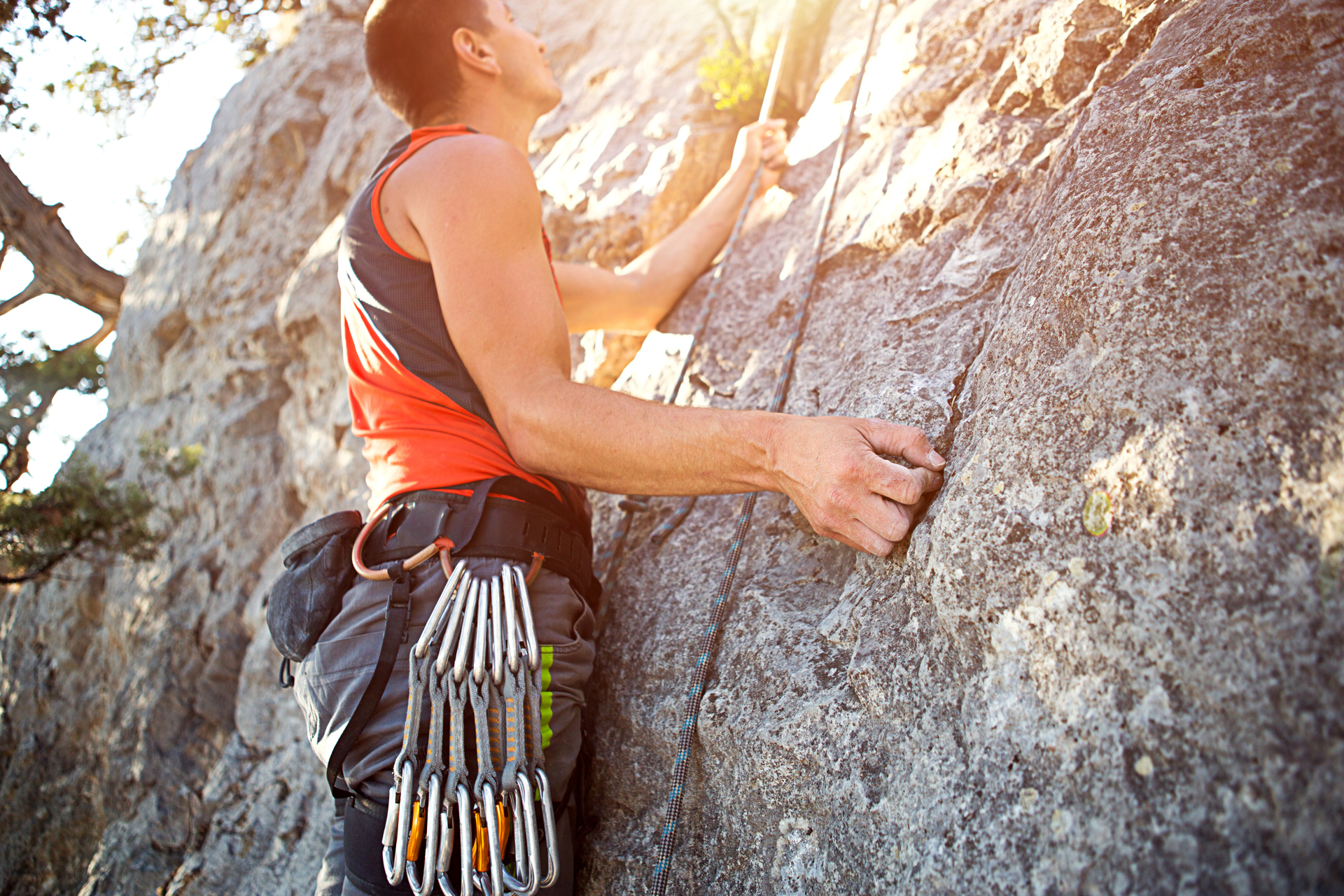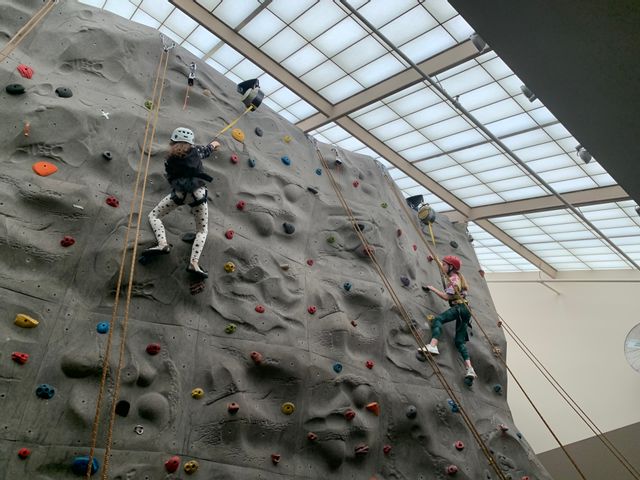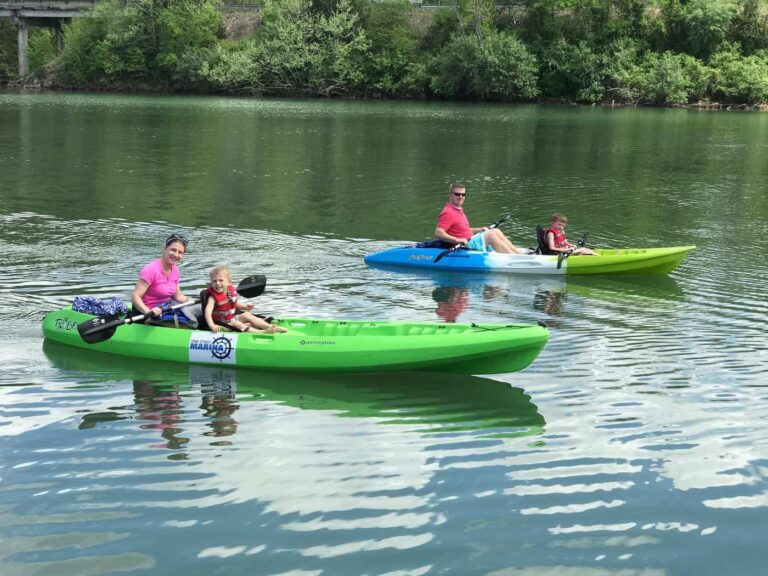Sports that use a rock climbing harness include rock climbing, canyoning, mountaineering, and tree climbing, among others. These activities require the use of a harness to ensure safety and provide support while scaling vertical surfaces or navigating through challenging terrains.
Whether it’s scaling cliffs, descending into deep canyons, reaching mountain peaks, or ascending tree trunks, a rock climbing harness is an essential piece of equipment for these exhilarating outdoor pursuits. With its adjustable straps and reinforced attachment points, the harness allows athletes to move with agility and confidence, enabling them to conquer gravity-defying feats in various sports.
So, whether you are a beginner or an experienced athlete, using a rock climbing harness is indispensable for enjoying the thrill and adventure of these exhilarating sports.
Rock Climbing As A Versatile Sport
Rock climbing is an exhilarating sport that not only challenges your physical strength and stamina but also tests your mental agility and problem-solving skills. With its roots in mountaineering, rock climbing has evolved into a versatile sport that can be enjoyed both indoors and outdoors. Whether you prefer the controlled environment of a climbing gym or the rugged beauty of a natural rock formation, rock climbing offers a myriad of experiences for enthusiasts of all skill levels. One essential gear that every rock climber relies on is a rock climbing harness, ensuring safety and allowing for greater freedom of movement while scaling vertical heights.
Indoor Rock Climbing
Indoor rock climbing has gained immense popularity in recent years, thanks to the accessibility and convenience it offers. Climbing gyms across the globe have sprung up, equipped with artificial rock walls that mimic the challenges of outdoor climbing. These walls come in various shapes, sizes, and difficulty levels, catering to both beginners and seasoned climbers. A harness is a vital piece of equipment used in indoor rock climbing, ensuring the climber’s safety while ascending these well-constructed walls. Typically, indoor rock climbing harnesses are designed to be lightweight and comfortable, allowing climbers to focus on their technique and movement without any distractions.
In addition to safety, indoor rock climbing harnesses also feature adjustable leg loops and waist belts, providing a customized fit for climbers of different body types. This versatility allows for a wider range of movement and increased comfort during extended climbing sessions. As climbers progress and take on more challenging routes, they can rely on their harness to provide the necessary support and protection.
Outdoor Rock Climbing
For those seeking a more authentic and immersive rock climbing experience, outdoor climbing offers the opportunity to conquer rugged terrains and conquer natural rock formations. Unlike the controlled environment of a climbing gym, outdoor climbing poses additional challenges such as unpredictable weather conditions, varying rock surfaces, and potentially longer routes. A reliable rock climbing harness becomes all the more crucial in this setting, providing climbers with the security needed to tackle these outdoor obstacles.
Outdoor rock climbing harnesses are specially designed to withstand the demands of the natural environment. Constructed from durable materials, these harnesses are built to withstand abrasion, impacts, and other potential hazards encountered during outdoor climbing. They often feature additional gear loops and attachment points, allowing climbers to carry essential equipment like carabiners, slings, and chalk bags.
Furthermore, outdoor rock climbing harnesses are designed with adjustable features to accommodate layers of clothing that may be necessary for various weather conditions. This adaptability ensures that climbers can focus on their ascent without being hindered by discomfort or restricted movement. With the right harness, climbers can push their limits, conquer new heights, and truly appreciate the beauty of nature.
:max_bytes(150000):strip_icc()/emily-harrington-promo-f46c9cbbdcb24d3ea4af4529a268f910.jpg)
Credit: www.shape.com
Sports That Utilize Rock Climbing Harnesses
Rock climbing harnesses are not limited to just rock climbing but are also used in various other sports and activities. These versatile devices offer support and safety in physically demanding endeavors that require vertical movement and the use of ropes. In this article, we will explore some popular sports that utilize rock climbing harnesses, including sport climbing and big wall climbing.
Sport Climbing
Sport climbing is a thrilling and challenging sport that involves ascending a natural or artificial climbing route. Unlike traditional climbing, where climbers place their own protection, sport climbing routes have pre-placed bolts and anchors for climbers to clip their ropes into. This allows climbers to focus on their movements and technique, knowing that their rock climbing harness will keep them securely attached to the wall in case of a fall.
When sport climbing, climbers rely heavily on their rock climbing harness to distribute their body weight and provide sufficient support. The harness allows climbers to comfortably hang in the air when taking breaks or resting during a climb. It also ensures that climbers are attached to the rope at all times, minimizing the risk of falling and providing a sense of security in high-risk situations. Additionally, the harness features gear loops that allow climbers to carry their essential climbing equipment, such as quickdraws and carabiners, conveniently within reach.
Big Wall Climbing
Big wall climbing takes the challenge of climbing to a whole new level, as climbers tackle massive vertical walls that can span thousands of feet. This type of climbing often involves spending multiple days on the wall, requiring climbers to carry all their gear and supplies with them. A rock climbing harness is an essential piece of equipment for big wall climbers, as it provides not only comfort and support but also the ability to haul heavy loads.
During big wall climbing, climbers frequently encounter vertical sections known as “aid climbing,” where they rely on gear placed in the wall for upward progress. The rock climbing harness serves as a crucial connection point between the climber and the gear, allowing climbers to ascend step by step, occasionally hanging in their harness to rest and plan their next moves.
Moreover, big wall climbers often use special harnesses equipped with additional gear loops and attachment points, enabling them to carry a vast array of gear, including aid climbing equipment, portaledges for sleeping, and hauling systems. The rock climbing harness becomes a vital hub for these climbers, ensuring that they have everything they need within reach while scaling the intimidating walls.
Are Climbing Ropes Essential for Sports That Use a Rock Climbing Harness?
Climbing ropes are crucial for activities requiring a rock climbing harness, providing safety and mobility on vertical terrain. In sports with climbing ropes, these ropes act as lifelines, supporting climbers during ascents and descents. Without them, even the most skilled climbers would face unnecessary risks, making them indispensable for the sport.
Benefits Of Rock Climbing Harnesses For Different Sports
Rock climbing harnesses are not just limited to the world of climbing. These versatile pieces of equipment offer a range of benefits that can greatly enhance safety and performance in various sports and activities. Whether you’re a hiker, a caver, or even a tree surgeon, incorporating a rock climbing harness into your gear arsenal can provide you with the added security and flexibility you need to excel in your chosen pursuit.
Enhanced Safety
The primary advantage of using a rock climbing harness in different sports is the enhanced safety they provide. With their durable construction and secure attachment points, these harnesses are designed to keep you anchored and protected, even in unpredictable or high-risk situations. The adjustable waist belts and leg loops ensure a snug fit, preventing unwanted slippage or movement when you’re engaged in intense physical activity. This added level of safety can give you the peace of mind to push your limits and achieve new heights in your chosen sport.
Increased Range Of Motion
Another notable benefit of wearing a rock climbing harness is the increased range of motion it allows. The harness design is specifically engineered to distribute the weight and pressure evenly across your body, freeing up your arms and legs for maximum maneuverability. This can be particularly beneficial in sports such as hiking or mountaineering, where navigating challenging terrain and overcoming obstacles requires agility and flexibility. The harness enables you to move more effortlessly, allowing you to focus on the task at hand rather than being hindered by bulky or restrictive gear.
Moreover, the adjustable straps and buckles on the harness enable you to customize the fit according to your body shape and preferences. This personalized fit ensures comfort throughout your activity, reducing the risk of discomfort or distraction that can arise from ill-fitting equipment. By providing a balance between security and mobility, rock climbing harnesses allow you to perform at your best, no matter the sport.

Credit: thebekindpeopleproject.org

Credit: recreation.statesvillenc.net
Frequently Asked Questions On Sports That Use A Rock Climbing Harness
What Sports Use A Rock Climbing Harness?
Rock climbing and mountaineering are the main sports that use rock climbing harnesses. Additionally, sports like canyoneering, ice climbing, and tree climbing also require the use of a rock climbing harness for safety and support.
Conclusion
To sum up, it is evident that rock climbing harnesses have a wide range of applications in various sports. Whether it’s mountaineering, canyoning, or industrial rope access, these harnesses play a crucial role in ensuring safety and allowing athletes to push their limits.
With advancements in technology and improved designs, these harnesses continue to evolve, providing comfort, durability, and reliability to those who venture into the vertical world. So, if you’re interested in any sport that involves scaling heights, make sure to invest in a high-quality rock climbing harness for an exhilarating and safe experience.





